Would you eat that? Americans have grown meat in a test tube
Categories: Food and Drinks | Science
By Pictolic https://pictolic.com/article/would-you-eat-that-americans-have-grown-meat-in-a-test-tube.htmlRepresentatives of the American company Memphis Meats said that they managed to produce the world's first chicken meat grown in laboratory conditions from animal cells. Employees of the organization offered several guests to taste the resulting product in the form of chicken sticks. The tasters noted that the taste of their lunch does not differ from ordinary chicken meat.
(7 photos in total)
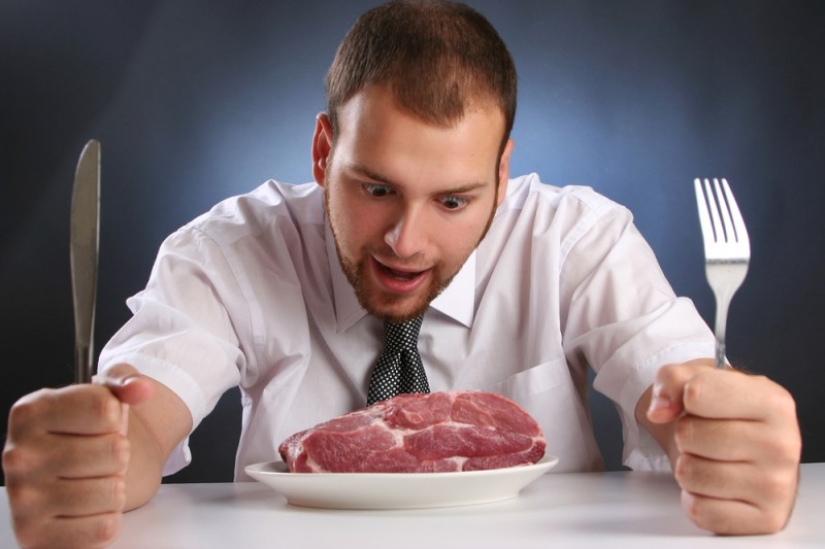
Source: foodnewstime.ru

A dish of artificially grown chicken looks very appetizing.
"It is extraordinary to understand that we are facing the first meat that did not require the main thing — the cultivation of the animals themselves. This is a historic moment for the clean meat movement," Uma Valeti, co—founder and CEO of Memphis Meats, said in a press release.
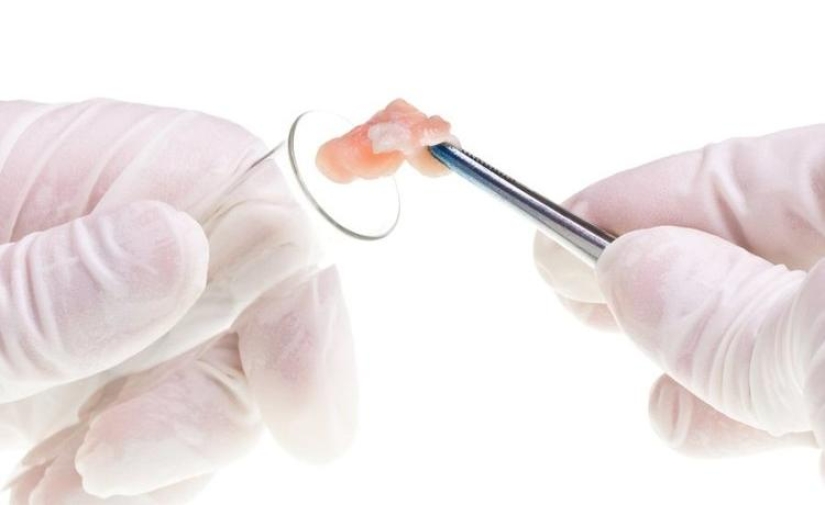
Chicken from a test tube has long been a reality. Only while it's expensive.
Experts also announced that, in addition to chicken meat, they managed to grow duck meat in laboratory conditions. In February last year, the company stated that specialists had made laboratory-grown meatballs. They were made by cultivating cow muscle tissue under sterile conditions.
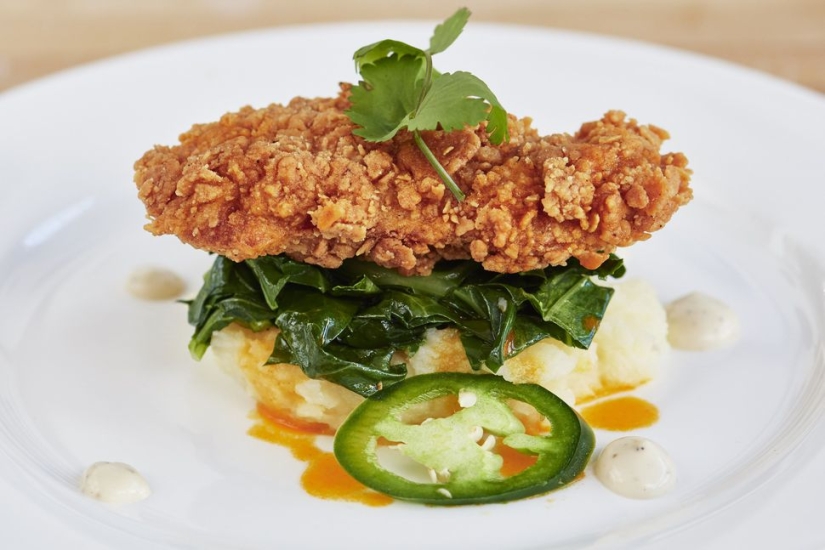
A chicken stick of meat in a test tube tastes like a regular one.
Memphis Meats notes that the company plans to reduce the cost of production (while it is very high) in the next few years and start selling its products in 2021.
Let's add that Memphis Meats is one of many companies seeking to reduce people's dependence on meat (in its traditional sense). So, the Dutch researcher Mark Post (Mark Post) from the University of Maastricht four years ago created meat in laboratory conditions. One of the main goals of his work was the production of a product not just as useful, but also as tasty and appetizing as naturally grown meat.
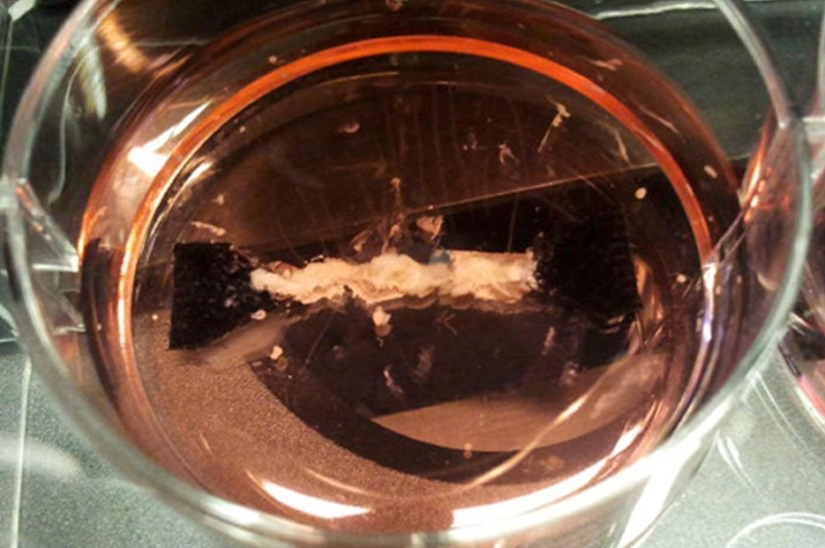
That's how they grow strips of meat in a Petri dish.
Post and his colleagues collected samples of cattle stem cells at the slaughterhouse. Each cell in the laboratory was "fed" and a cell culture was grown: at the final stage, a strip of about three centimeters in length and one and a half centimeters in width was obtained. Stretching the cell culture into strips was necessary in order for the fibers to become tender. Growing each strip took several weeks.
Then the resulting strips were combined, mixed with similarly cultured fat cells and chopped. One piece of meat consists of 5,000 such elongated cell cultures. As a result, the scientists got a kind of hamburger patty.
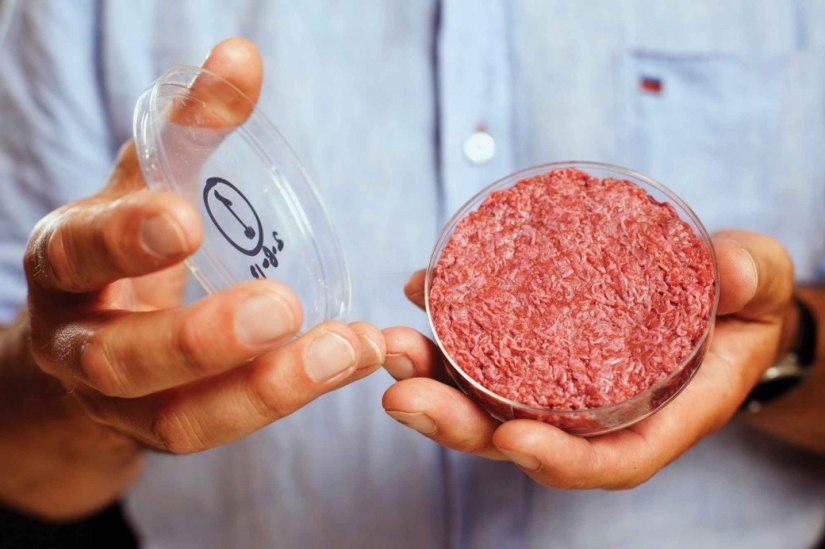
The hamburger cutlet from the test tube is ready for use!
After some time, Post founded the company Mosa Meats in order to further develop its products.
Let us also recall other pioneers of the "food of the future" market: the companies Impossible Foods and Beyond Meat. The latter, by the way, recently introduced a "bloody" vegetarian cutlet, which is comparable in taste to meat. And they all hope to occupy a niche in the market by offering products that essentially imitate meat.
Memphis Meats experts say they can produce beef or poultry meat in more efficient conditions (and without killing animals). However, other experts say that for growing meat in the laboratory, embryonic serum is still required (which can only be obtained from unborn calves and chickens).
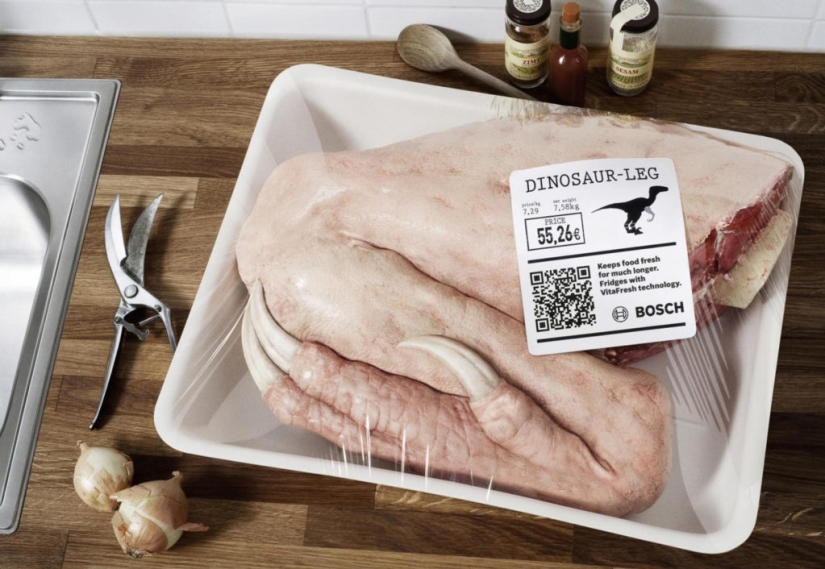
And in the future, perhaps, there will be such a thing on supermarket shelves…
In 2016, representatives of Memphis Meats in an interview with The Wall Street Journal reported that they intend to replace this serum with a similar component with a plant-based one in the future.
What is the advantage of such technologies? The researchers assure that emissions of gases causing the greenhouse effect will be reduced, territories allocated for pastures will be freed up. And perhaps the ideological disputes between meat-eaters and vegetarians will end.
Keywords: Meat | Scientists
Post News ArticleRecent articles

Straws are such a commonplace item that we rarely think about their origins. It seems they've always been around: in cocktails, ...

In the Victorian era Britain was quickly urbanized. By 1851 it became the first country lived in cities of more people than in the ...
Related articles

Sex — is not only enjoyable, but also a very useful exercise. Orgasm improves the General condition of the organs and ...

In anticipation of the most busy surprises holiday of the year for many is the question — as a beautiful and original way to ...

We are sure that taking a nap in the afternoon for an hour or two is useful for everyone. Such a dream, if a person can afford it, ...

Every day we face some trouble. The technique is slow, when you need something rushed, all traffic lights you come across on the ...